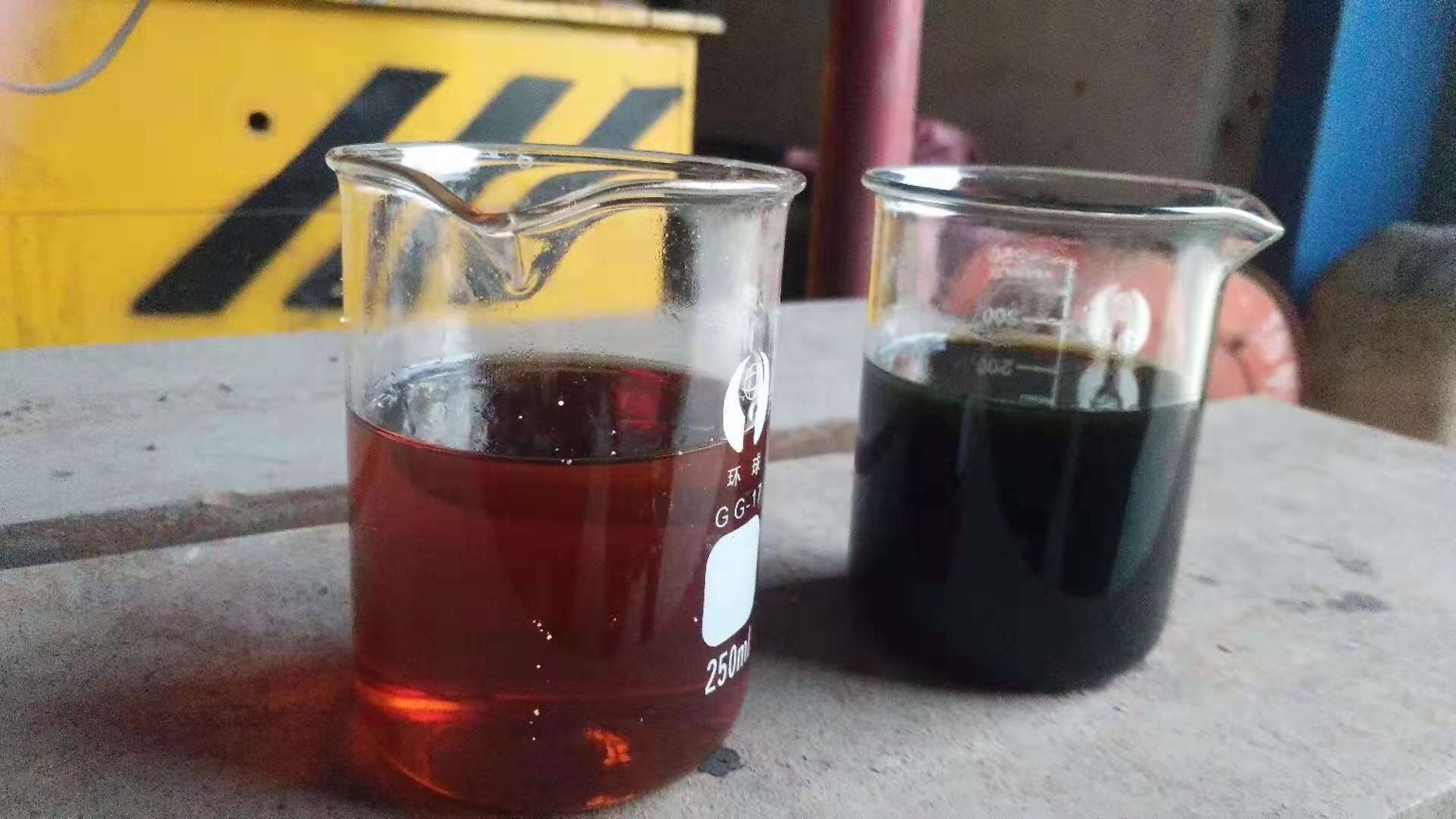In the quest for sustainable waste management and energy production, Europe has emerged as a pioneering region in the adoption of pyrolysis technology. Pyrolysis plants offer a versatile and environmentally friendly approach to treating various waste streams while generating valuable by-products. In this comprehensive post, we delve into the landscape of pyrolysis plants in Europe, exploring their significance, operation, benefits, challenges, and future prospects.

The Significance of Pyrolysis Plants in Europe
Pyrolysis plant Europe play a crucial role in Europe’s transition towards a circular economy and decarbonized energy sector. Their significance lies in their ability to:
Waste Diversion: Pyrolysis plants divert significant quantities of waste from landfills, reducing environmental pollution and mitigating the greenhouse gas emissions associated with landfill decomposition.
Resource Recovery: Pyrolysis technology enables the recovery of valuable resources from waste streams, including bio-oil, syngas, and char, which can be utilized as renewable fuels or feedstocks for various industries.
Energy Production: The syngas produced during pyrolysis can be combusted to generate heat and electricity, contributing to energy security and reducing reliance on fossil fuels.
Circular Economy: By converting waste into high-value products, pyrolysis plants promote circular economy principles, fostering resource efficiency, and minimizing waste generation.
Operation of Pyrolysis Plants
The operation of pyrolysis plants typically involves the following steps:
Feedstock Preparation: Various waste streams, such as plastics, tyres, biomass, and organic residues, are sorted, shredded, and prepared for processing in the pyrolysis reactor.
Pyrolysis Process: The prepared feedstock is fed into a pyrolysis reactor, where it undergoes thermal decomposition at elevated temperatures (typically between 300°C and 800°C) in the absence of oxygen.
Vaporization: As the feedstock is heated, volatile compounds are released and vaporized, yielding gases, liquids, and solids.
Product Recovery: The vapors are condensed to recover the liquid fraction, known as bio-oil, while the gases are collected and purified to produce syngas. The solid residue, or char, is also recovered for further processing or utilization.
Product Utilization: The bio-oil, syngas, and char produced during pyrolysis can be utilized as fuels, chemical feedstocks, or soil amendments, depending on their composition and properties.
Benefits of Pyrolysis Plants in Europe
Pyrolysis plants offer numerous benefits for waste management, energy production, and environmental sustainability in Europe:
Waste Diversion: Pyrolysis plants reduce the reliance on landfilling and incineration, diverting valuable resources from the waste stream and minimizing environmental pollution.
Resource Recovery: Pyrolysis technology enables the recovery of energy and materials from waste streams, contributing to resource efficiency and circular economy objectives.
Renewable Energy: The syngas and bio-oil produced during pyrolysis can be utilized as renewable fuels, displacing fossil fuels and reducing greenhouse gas emissions.
Climate Mitigation: Waste plastic pyrolysis machine mitigates climate change by sequestering carbon in biochar and displacing fossil fuels with renewable alternatives, thereby reducing net greenhouse gas emissions.
Challenges and Considerations
Despite their benefits, pyrolysis plants in Europe face several challenges and considerations:
Technological Maturity: Pyrolysis technology is still relatively nascent and may require further research and development to optimize performance, scalability, and cost-effectiveness.
Feedstock Quality: The quality and composition of feedstock materials can vary widely, affecting the efficiency and output of pyrolysis plants. Contaminants such as moisture, metals, and inert materials may also pose challenges.
Regulatory Compliance: Pyrolysis plants must comply with stringent environmental regulations and permitting requirements, which may vary across European countries and regions.
Market Demand: The market demand for pyrolysis products, such as bio-oil, syngas, and char, may fluctuate based on factors such as energy prices, policy incentives, and consumer preferences.
Future Prospects and Innovations
Despite the challenges, pyrolysis plants in Europe hold significant promise for innovation and expansion:
Technological Advancements: Ongoing research and development efforts are focused on improving pyrolysis technology, enhancing process efficiency, and reducing costs.
Feedstock Diversification: Exploring alternative feedstocks, such as agricultural residues, municipal solid waste, and industrial by-products, can enhance the resilience and sustainability of pyrolysis plants.
Integration with Renewable Energy Systems: Pyrolysis plants can be integrated with renewable energy systems, such as solar and wind power, to provide dispatchable and baseload electricity generation.
Policy Support: Policymakers can support the deployment of pyrolysis plants through incentives, grants, and regulatory frameworks that promote waste valorization, renewable energy, and circular economy objectives. Many investors choose mini pyrolysis machine for sale for a start.
Conclusion
Pyrolysis plants in Europe represent a critical pathway towards sustainable waste management, resource recovery, and energy production. By converting waste into valuable products and displacing fossil fuels with renewable alternatives, these plants play a vital role in mitigating climate change, promoting circular economy principles, and advancing the transition towards a low-carbon future. However, realizing the full potential of pyrolysis plants requires collaboration among policymakers, industry stakeholders, researchers, and communities to address technological, economic, and regulatory challenges and unlock the transformative power of pyrolysis technology for Europe and beyond.